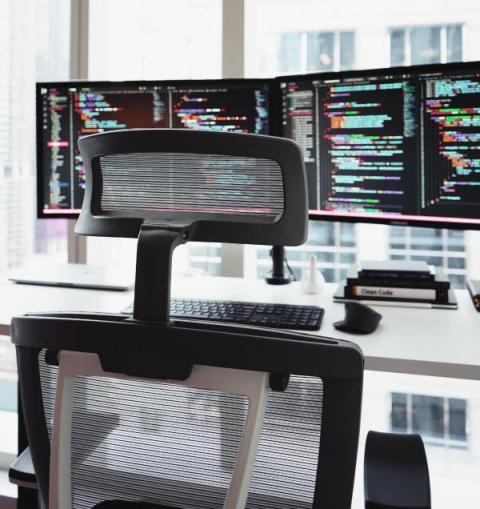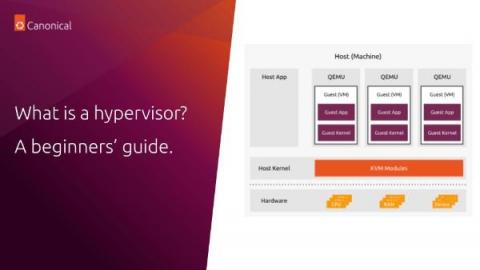Telecom security: How to safeguard your open source telco infrastructure
From pure voice to data, and now with the connectivity provided to devices and machines, telco systems make it possible to deliver digital services to society. Thanks to telecom systems, we can keep in touch with each other and reach the information sources we need at any time and anywhere. As we have become increasingly reliant on these systems, we also need to be vigilant about telecom security.











